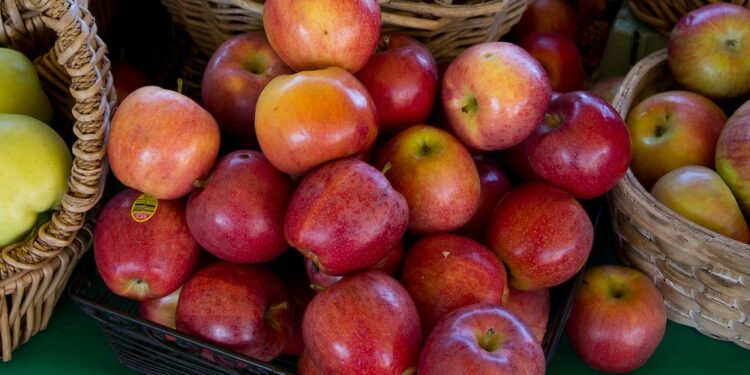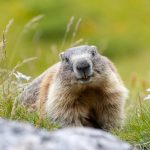
Johnny Appleseed Day
Johnny Appleseed Day commemorates the birth of John Chapman—an American pioneer who introduced apple trees to parts of Illinois, Indiana, Ohio, West Virginia, and Pennsylvania. He is better known by his nickname, Johnny Appleseed, than his real name.
This American nurseryman became a legend during his lifetime and was widely known for his conservation efforts. He was a missionary and is considered by many to be one of the first American conservationists.
The holiday is observed on September 26th by many to coincide with Mr. Chapman’s birth anniversary, but it is also observed on March 11th to coincide with the prime apple planting season. So, feel free to celebrate one of these days honoring Johnny Appleseed, or if you’re a really big fan of his work and/or apples, celebrate both days.
The Life Of Johnny Appleseed
Johnny Appleseed was born John Chapman on September 26, 1774, to Nathaniel and Elizabeth Chapman in Leominster, Massachusetts. In 1776, Chapman’s mother died while giving birth to another son, and John’s father returned to Longmeadow, Massachusetts, in 1780, where he married Lucy Cooley.
The following year, Nathaniel and Lucy Chapman had a son named Nathaniel. According to some stories, 18-year-old John Chapman persuaded his 11-year-old half-brother Nathaniel to head west with him in 1792. The two supposedly lived a nomadic life until their father moved out west in 1805 and met them in Ohio.
Nathaniel decided to help his father farm his land, and John decided to become an apprentice under an apple orchard owner named Mr. Crawford. This set John Chapman on a lifelong journey to plant apple trees.
Even though the popular image of Johnny Appleseed is that he spread apple seeds randomly everywhere he went, that’s not entirely accurate. He actually planted nurseries, erected fences around these nurseries, and then left them in the care of neighbors.
Every year or two, he would return to the nursery to tend to the trees. The very first nursery he planted was on the bank of Brokenstraw Creek in Pennsylvania. One of the reasons he planted trees so proficiently was because of a frontier law that allowed anyone to lay claim to a piece of land by merely establishing a homestead.
A homestead claim could be made simply by planting fruit trees on the land. He would plant apple trees to create a nursery, and then once they had matured, he would sell the land to settlers.
Over the course of his life, he traveled over 100,000 square miles, which gives you an idea of just how much land he could have accumulated. By the time of his death on March 11, 1845, he had over 1,200 acres of land.
Fun Facts About Apples
For everyone hoping for a section on apple trivia, we’re happy to say that we won’t disappoint. We’ve gathered some fun apple facts below.
- The only apple native to North America is the crabapple.
- It takes approximately two pounds of apples to make a single 9-inch apple pie.
- Johnny Appleseed didn’t plant the first American apple trees; the Pilgrims did.
- The Pilgrims planted apple trees at the Massachusetts Bay Colony.
- The largest apple ever picked from an apple tree weighed 3 pounds.
- The average U.S. apple orchard is about 50 acres in size.
- To produce one apple, the apple tree must collect energy from fifty of its leaves.
- During colonial times, apples were known as “winter bananas.”
- Apples ripen approximately six times faster at room temperature than in the fridge.
- A peck of apples weighs 10.5 pounds.
- Approximately 75% of the fiber and antioxidants found in an apple are in the peel.
- About 25% of all American-grown apples are exported.
- America’s longest-living apple tree was from 1647 to 1866. It was killed by a derailed train.
Observing Johnny Appleseed Day
Anyone who wants to observe Johnny Appleseed Day can do so in a number of different ways. They can enjoy apple products such as apple tarts, apple pies, or even apple cider. Or, if they’re inspired by the story of Johnny Appleseed, they can plant their own apple trees.
If you decide to grow your own apple tree, just remember that apple trees like full sun and well-drained soil, and will require some pest control measures to ensure they remain healthy. While you’re enjoying this holiday, whether you observe it on September 26th or March 11th, be sure to use the hashtag #JohnnyAppleseedDay to spread the word about the life of this American legend.








